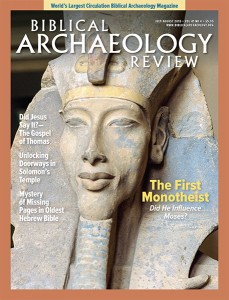Medieval Treasures from Hildesheim
Edited by Peter Barnet, Michael Brandt and Gerhard Lutz (New Haven: Yale Univ. Press, 2014), 138 pp., 115 color illustrations, $24.95 (paperback)
Hildesheim is not the first town that comes to mind when thinking of touring Germany; it would not even be included in most tourists’ “top ten” list. It is a sleepy little place in Lower Saxony that was badly damaged in World War II. But if you’re any place close, don’t miss Hildesheim’s St. Mary’s Cathedral and St. Michael’s Church. In 1985 UNESCO declared these structures a World Heritage Site due to their extensive medieval ecclesiastical collections.
Hildesheim was once a leading cultural and ecclesiastical center of the medieval world. Since the Cathedral museum was closed for renovations to celebrate its 1200th birthday, the Metropolitan Museum of Art displayed parts of the collection for the first time in North America in a breathtaking exhibit Medieval Treasures from Hildesheim. The accompanying catalog is the first time this collection has been published in English. In addition to showcasing the items that appeared in the Met exhibit, it includes many images of architectural pieces that could not be transported.
Hildesheim’s metallurgical art, especially its goldwork, did not happen by accident: Hildesheim was chosen as the home bishopric of the Ottonian kings (919‒1024). Bishop Bernward (960‒1022) started the extensive collection of metallurgical art at Hildesheim. Although he appears to have been a lover of the arts, he was no doubt also motivated by competition with the more established French bishoprics.
Already a library member? Log in here.
Institution user? Log in with your IP address.

